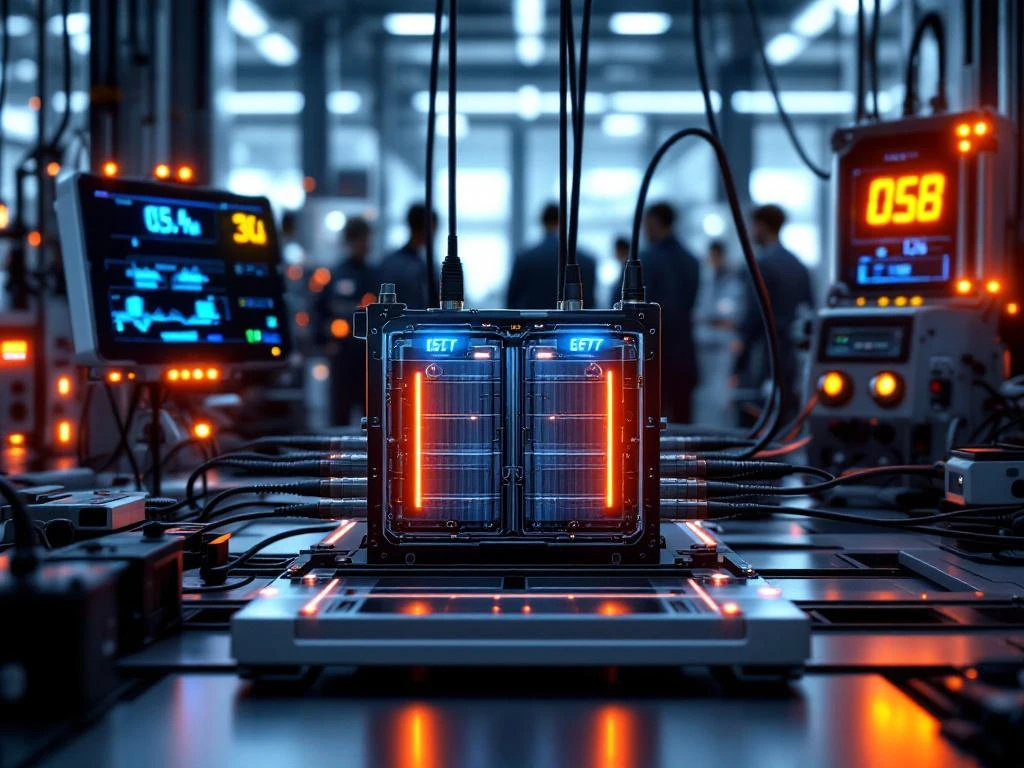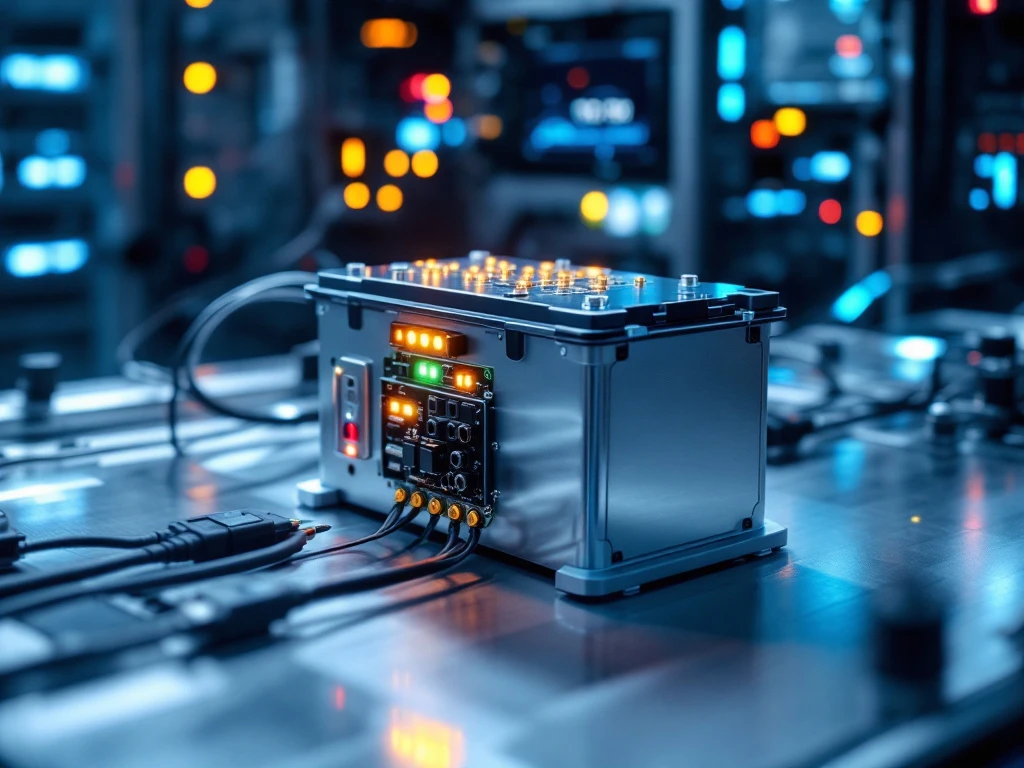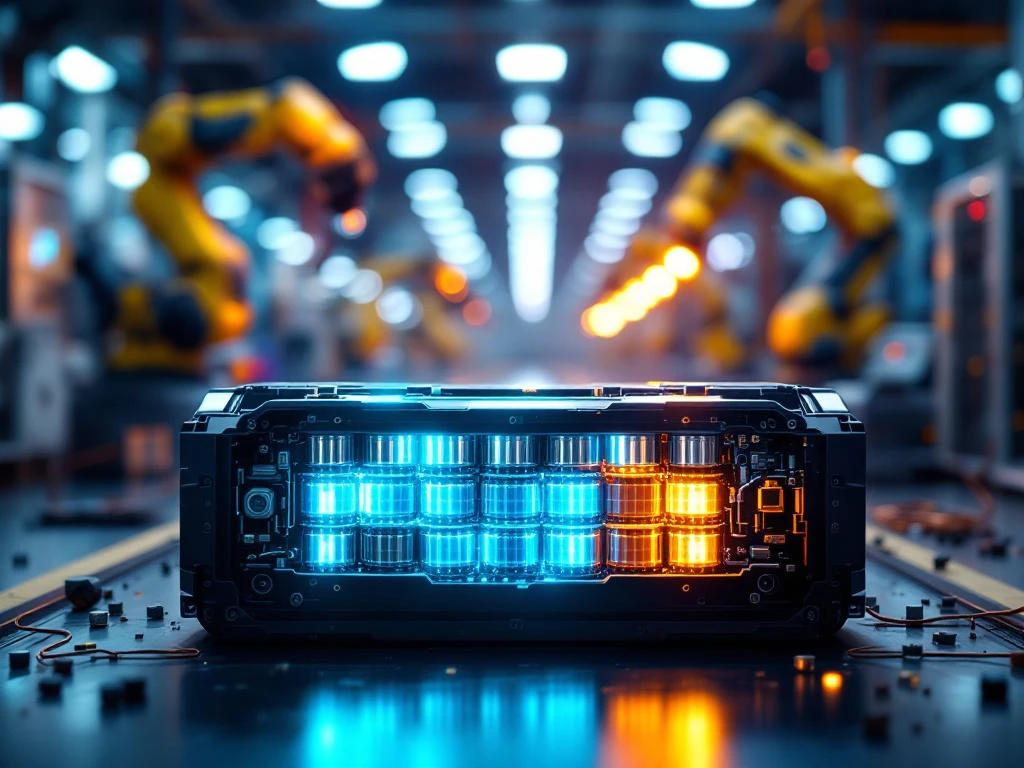Yes, custom battery packs are typically more expensive upfront than standard solutions, often costing significantly more due to specialised engineering, bespoke components, and lower production volumes. However, they frequently deliver superior long-term value through optimised performance, perfect integration, and reduced total system costs for applications with specific requirements.
Understanding custom battery pack pricing vs standard solutions
Custom battery packs generally command higher initial prices than standard alternatives because they require dedicated engineering resources and specialised manufacturing processes. The upfront investment reflects the extensive design work, prototyping, and testing required to create a solution tailored to your specific application.
Standard battery packs benefit from economies of scale, as manufacturers produce thousands of identical units using established production lines. This mass production approach significantly reduces per-unit costs but limits flexibility in meeting unique requirements.
The pricing difference becomes more complex when considering total cost of ownership. Custom solutions often eliminate the need for additional components, modifications, or compromises that standard packs might require. For battery electric vehicle applications, this can mean better space utilisation and improved performance characteristics.
Volume plays a crucial role in determining whether custom solutions make financial sense. Projects requiring hundreds or thousands of units can justify the initial engineering investment, whilst smaller quantities may face higher per-unit costs.
What factors determine custom battery pack costs?
Several key factors drive the cost of custom battery packs, with engineering design time representing one of the most significant expenses. Unlike standard packs, custom solutions require dedicated engineering teams to develop specifications, create prototypes, and conduct extensive testing.
Specialised components often cost more than standard parts due to lower procurement volumes and specific performance requirements. Custom battery management systems, unique cell configurations, and bespoke thermal management solutions all contribute to higher material costs.
Manufacturing setup costs include tooling, production line configuration, and quality control processes tailored to your specific design. These fixed costs are spread across your production volume, making smaller quantities proportionally more expensive.
Testing and certification requirements add substantial costs, particularly for applications requiring specific safety standards or environmental compliance. Custom solutions must undergo rigorous validation processes to ensure they meet performance specifications and regulatory requirements.
The complexity of your application directly impacts pricing. Simple modifications to existing designs cost less than completely novel solutions requiring innovative engineering approaches. Understanding battery pricing factors helps in making informed decisions about the level of customisation needed for your specific application.
How do standard battery packs compare in total cost of ownership?
Standard battery packs may appear cost-effective initially, but hidden expenses often emerge during integration and operation. These additional costs can significantly impact the total cost of ownership calculation.
Integration challenges frequently require additional components or modifications to accommodate standard packs within existing systems. You might need custom mounting brackets, additional cooling systems, or electrical adaptations that weren’t necessary with a tailored solution.
Performance compromises represent another hidden cost. Standard packs may not deliver optimal energy density or power characteristics for your application, potentially requiring larger, heavier solutions or accepting reduced performance.
Space inefficiencies often force design compromises in your primary product. Standard rectangular packs might not fit optimally within your available space, leading to suboptimal system design or requiring costly modifications to your equipment.
Operational efficiency impacts long-term costs through reduced performance, higher maintenance requirements, or shorter service life. Standard solutions may not be optimised for your specific operating conditions, leading to premature degradation or reduced reliability.
When you calculate the total cost of ownership, these factors often narrow the gap between custom and standard solutions considerably.
When does investing in custom battery packs make financial sense?
Custom battery packs provide the best return on investment when your application has unique requirements that standard solutions cannot adequately address. Specific scenarios where custom solutions typically justify their higher initial cost include extreme space constraints, unusual operating conditions, or specialised performance requirements.
Applications with severe space limitations benefit enormously from custom solutions. If your available space has unusual dimensions or shapes, a custom pack can maximise energy density whilst fitting perfectly within your constraints.
Extreme operating conditions often necessitate custom solutions. Applications requiring operation at very high or low temperatures, exposure to vibration, or specific environmental conditions may find standard packs inadequate or unreliable.
High-performance applications, particularly in motorsport or specialised machinery, typically require custom solutions to achieve optimal power delivery, weight distribution, and thermal management. Standard packs rarely meet the demanding requirements of these applications.
Volume considerations play a crucial role in the financial equation. Projects requiring several hundred or more units can spread the initial engineering costs across sufficient quantities to make custom solutions economically viable.
Applications where standard packs would require extensive modifications or additional components often benefit from custom solutions that eliminate these complications from the outset.
What are the long-term cost benefits of custom battery solutions?
Custom battery solutions deliver long-term value through optimised performance characteristics that standard packs cannot match. These benefits often justify the higher initial investment through improved operational efficiency and reduced lifecycle costs.
Optimised energy density means custom packs can deliver more power in less space, potentially allowing for smaller, lighter overall system designs. This optimisation can reduce material costs in your primary product whilst improving performance.
Enhanced thermal management extends battery life and maintains consistent performance throughout the pack’s service life. Custom cooling solutions designed specifically for your application can significantly outperform generic thermal management approaches.
Perfect integration eliminates the compatibility issues and compromises associated with adapting standard solutions. This seamless integration reduces maintenance requirements and improves overall system reliability.
Custom solutions can incorporate advanced safety features tailored to your specific application risks. These enhanced safety measures can reduce insurance costs, liability concerns, and potential downtime from safety-related incidents.
The modular design approach often used in custom solutions allows for easier maintenance, repair, and eventual upgrading. This flexibility can extend the useful life of your investment and reduce long-term ownership costs.
Making the right investment decision for your battery needs
Choosing between custom and standard battery solutions requires careful evaluation of your specific requirements, budget constraints, and long-term objectives. The decision framework should consider both immediate costs and total lifecycle value.
Start by clearly defining your technical requirements, including space constraints, performance specifications, environmental conditions, and safety requirements. If standard solutions can meet these requirements without significant compromises, they may represent the most cost-effective choice.
Consider your production volume and timeline requirements. Custom solutions typically require longer development periods but can deliver optimised performance for medium to high-volume applications.
Evaluate the total cost of ownership rather than focusing solely on initial purchase price. Include integration costs, performance impacts, maintenance requirements, and operational efficiency in your calculations.
For battery electric vehicle applications and other demanding use cases, custom solutions often provide superior long-term value despite higher upfront costs. The perfect fit, optimised performance, and enhanced reliability typically justify the investment.
Making the right choice requires expertise in battery technology and deep understanding of your specific application. We recommend consulting with battery specialists who can help you evaluate your options and contact us to discuss your specific requirements and explore the most cost-effective solution for your needs.


